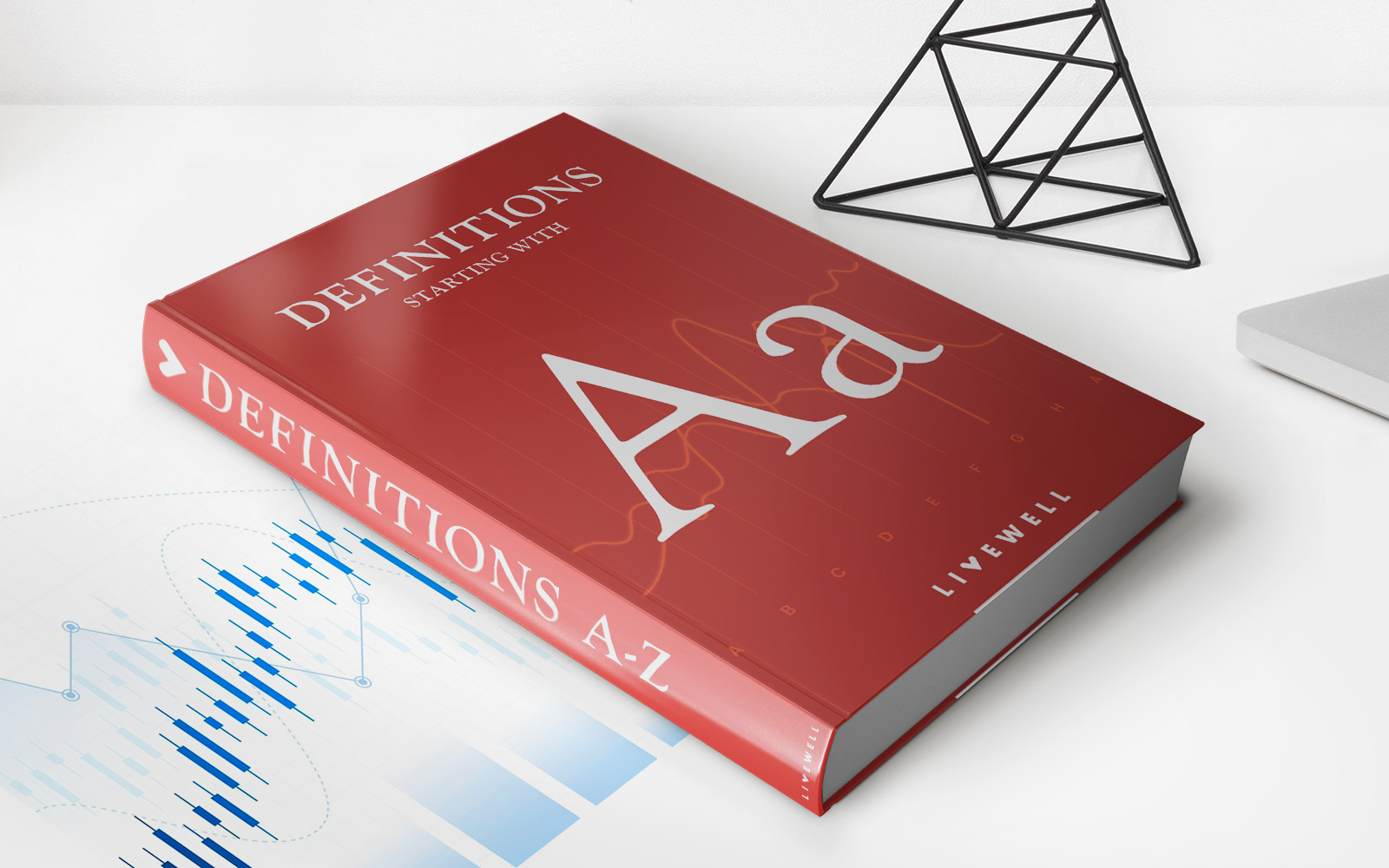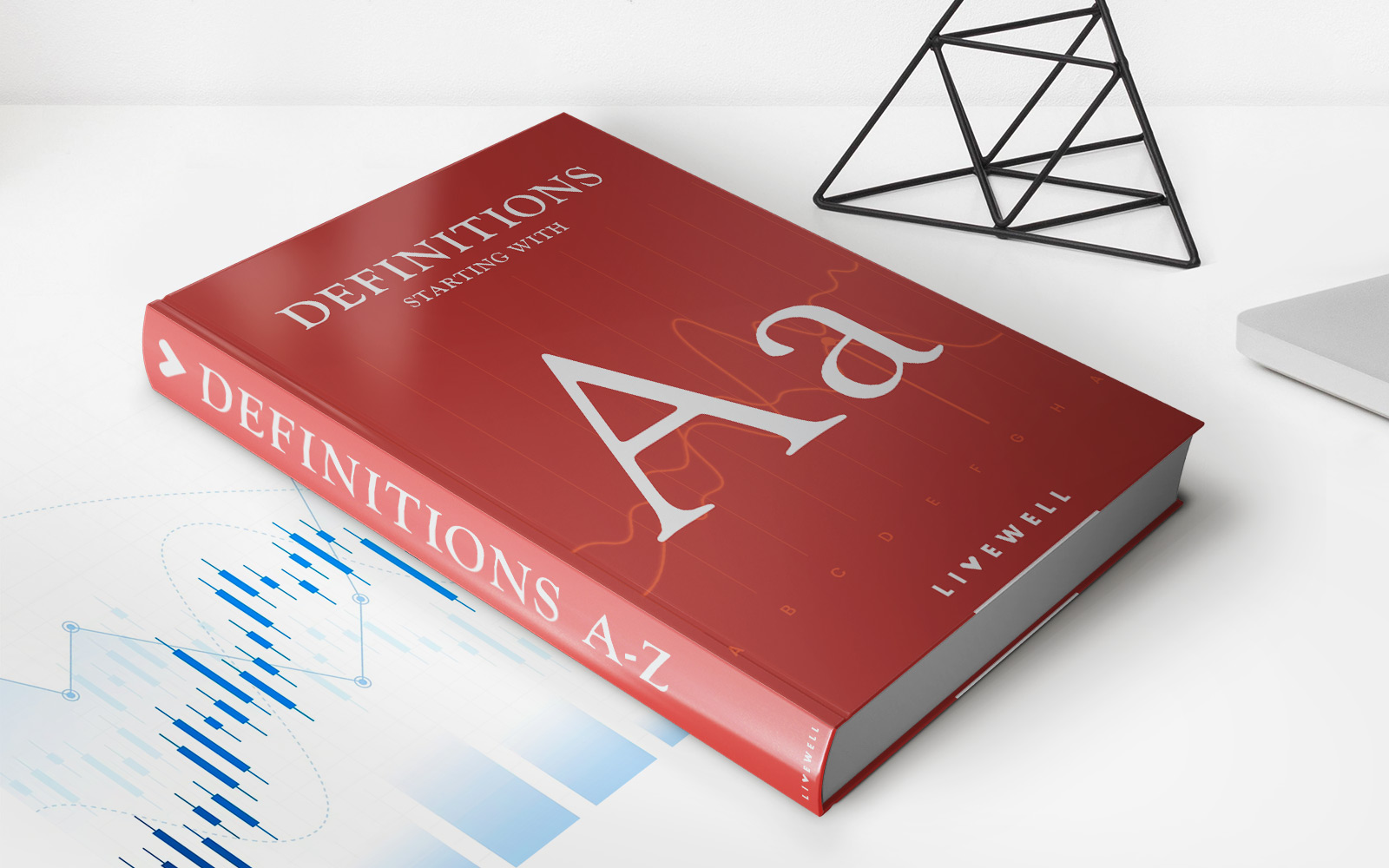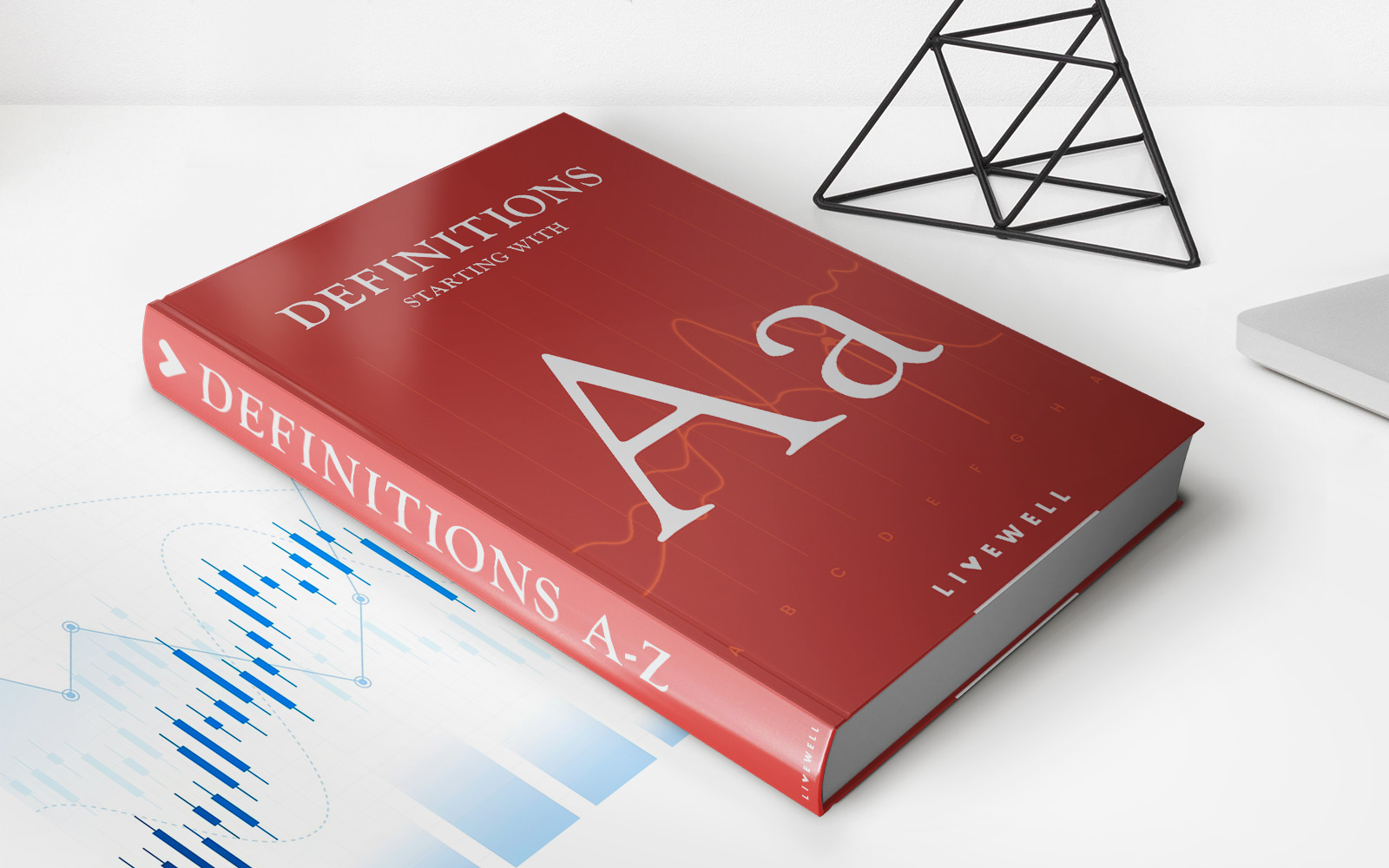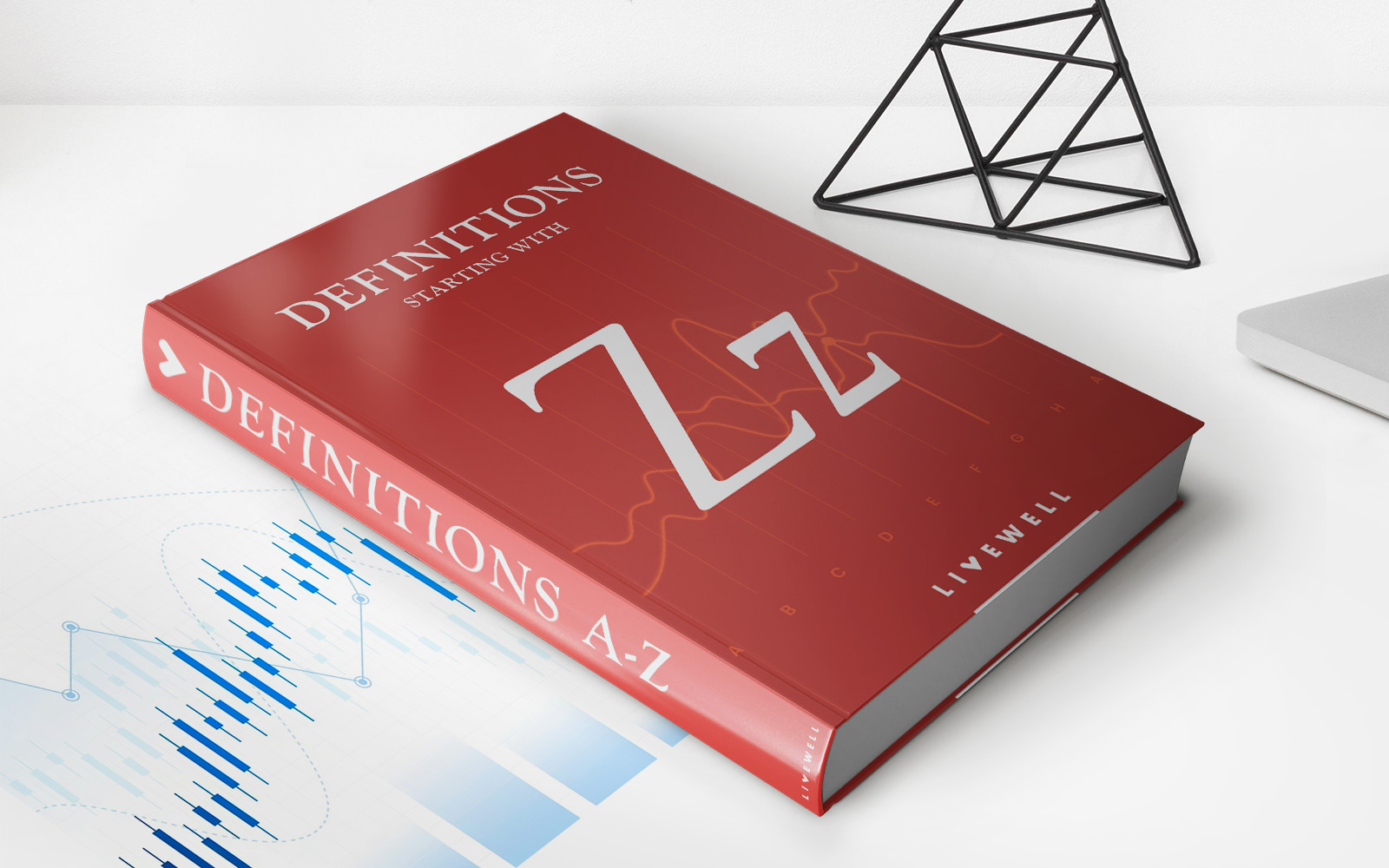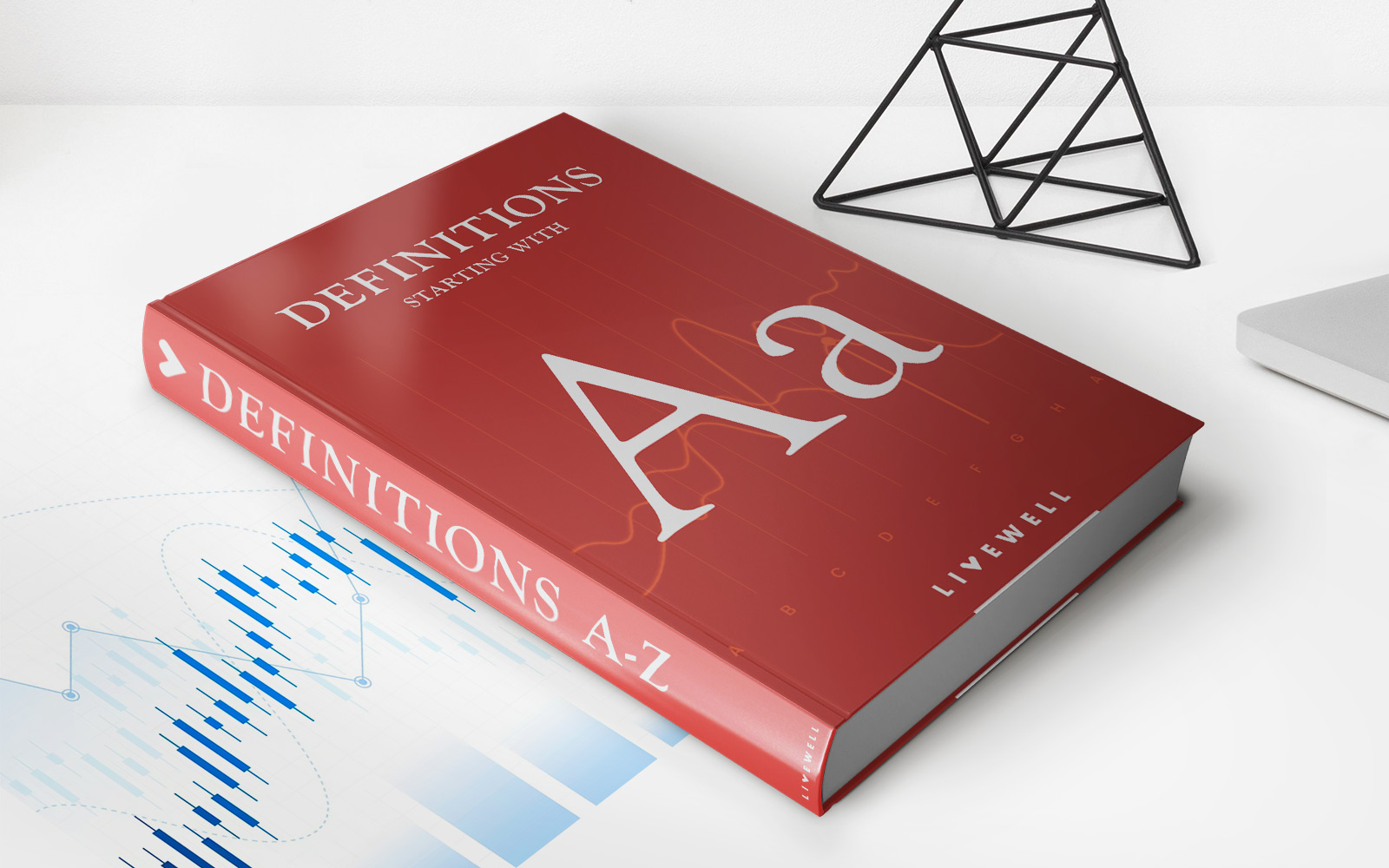

Finance
Coinsurer Definition
Published: October 29, 2023
Learn the meaning of coinsurer in finance and how it relates to insurance. Expand your financial vocabulary and knowledge with our comprehensive definition.
(Many of the links in this article redirect to a specific reviewed product. Your purchase of these products through affiliate links helps to generate commission for LiveWell, at no extra cost. Learn more)
Understanding Coinsurer Definition: What You Need to Know
When it comes to the world of finance, there are many terms and concepts that can be confusing. One such term that often raises eyebrows is “coinsurer”. If you’ve ever come across this word and wondered what it means, you’ve come to the right place. In this blog post, we will explain the coinsurer definition and its significance in the world of finance.
Key Takeaways:
- Coinsurer refers to a party that shares the risk of an insurance policy with the primary insurer.
- Coinsuring can benefit both the primary insurer and the coinsurer by spreading the risk and reducing exposure.
What Does Coinsurer Mean?
Simply put, a coinsurer is an additional party who shares the risk of an insurance policy with the primary insurer. In other words, the primary insurer is not solely responsible for bearing the entire risk; it is spread between multiple entities.
This concept is commonly seen in the insurance industry where large risks are involved. By coinsuring with other parties, the primary insurer is able to reduce its exposure to potential losses. The coinsurer, on the other hand, benefits by gaining a share of the premiums collected.
How Does Coinsuring Work?
Coinsuring typically occurs when the primary insurer does not want to take on the entirety of a high-risk policy on their own. They seek out one or more coinsurers who are willing to share the risk and the premiums associated with the policy.
Here’s a step-by-step breakdown of how coinsuring works:
- The primary insurer assesses the potential risk of an insurance policy and determines that it is too high to bear alone.
- They reach out to coinsurers who may be interested in sharing the risk and rewards.
- If the coinsurers agree, a coinsurance agreement is reached, outlining the terms and conditions of their partnership.
- The primary insurer issues the policy to the insured, and the coinsurers are liable for their portion of the risk.
- Any premiums collected from the insured are shared between the primary insurer and the coinsurers based on their agreed terms.
- In the event of a claim, each coinsurer is responsible for paying their portion of the claim amount.
Why is Coinsuring Beneficial?
Coinsuring offers several benefits to both the primary insurer and the coinsurers involved:
- Risk Mitigation: By spreading the risk among multiple parties, both the primary insurer and the coinsurers are able to reduce their exposure to potential losses.
- Profit Sharing: Coinsurers gain a share of the premiums collected, allowing them to generate additional revenue.
- Increased Capacity: By coinsuring, the primary insurer can take on larger risks that they may have otherwise been unable to handle on their own.
In conclusion, coinsuring is a strategic approach used in the insurance industry to spread risk and protect both the primary insurer and coinsurers from potential losses. By understanding the concept and its benefits, you’ll have a better grasp of the intricate world of finance.

